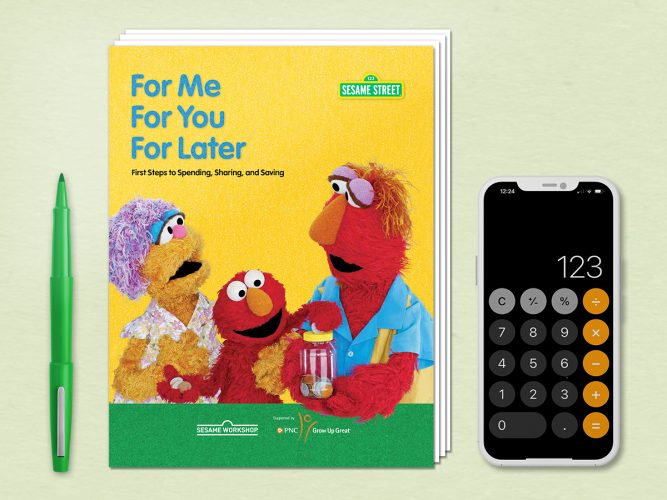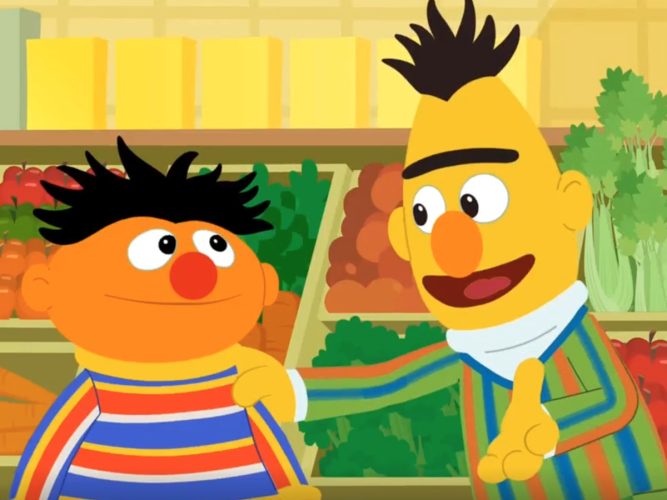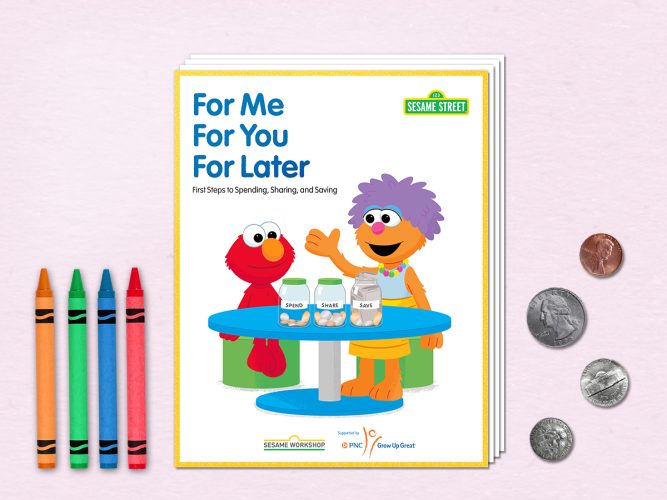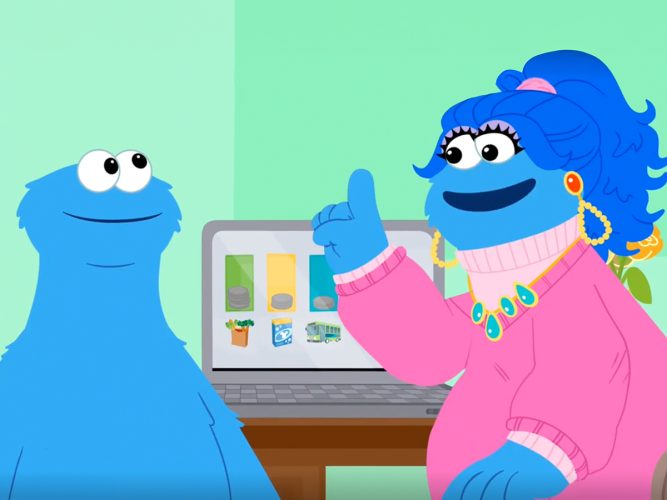
Making Choices
Learn the importance of talking about choices with children and how it relates to financial decision-making down the road.
- Kids watch you make choices every day, whether you’re preparing breakfast or shopping at the store. Throughout the day, look for opportunities for children to make simple decisions. Encourage kids to explain why they are making particular choices
Here are some ways to practice making decisions:
- Getting dressed: Encourage kids to talk about choices by laying out a few possible options. While they decide what to wear, consider the weather, favorite colors, or other reasons to choose certain clothes. (“What’s the best choice for you today?”)
- Indoor and outdoor playtime: Do kids want to play with blocks, a puzzle, or a ball? At the playground, do they want to go down the slide or use the monkey bars? (“Why did you choose _______?”)
- Meal preparations: When making a meal, involve the kids. For example, they can choose which mixing bowl to use for a salad. (“That’s a good choice to use the big mixing bowl—we are making a large salad, and that size will be perfect!”)
- Trips to the store: Talk about why you are choosing one item rather than another. (“Let’s get bananas. Good choice! They are healthy, tasty, and on sale—that means they cost less money!”)
- During family time: While you’re together, talk about choosing not to spend. (“Let’s play in the sprinkler today instead of going to the water park. It doesn’t cost money, and we’ll have fun right in our backyard.”)
- On the way home: You can point out money choices with simple statements. (“We need gas. The station a few blocks away has a better price, so we’ll go there.”)
- Indoor and outdoor playtime: Do kids want to play with blocks, a puzzle, or a ball? At the playground, do they want to go down the slide or use the monkey bars? (“Why did you choose _______?”)
- Meal preparations: When making a meal, involve the kids. For example, they can choose which mixing bowl to use for a salad. (“That’s a good choice to use the big mixing bowl—we are making a large salad, and that size will be perfect!”)
- Trips to the store: Talk about why you are choosing one item rather than another. (“Let’s get bananas. Good choice! They are healthy, tasty, and on sale—that means they cost less money!”)
- During family time: While you’re together, talk about choosing not to spend. (“Let’s play in the sprinkler today instead of going to the water park. It doesn’t cost money, and we’ll have fun right in our backyard.”)
- On the way home: You can point out money choices with simple statements. (“We need gas. The station a few blocks away has a better price, so we’ll go there.”)

How to Talk to Kids During Tough Financial Times
An article about how and why to talk about money as a family even when financial times are tough.

You’re Doing Great! Financial Education for Families
An article about how to stay strong and connected as a family during tough financial times.

For Me, For You, For Later: Family Spending, Sharing, and Saving
A guide with resources, activities, and tips on how and why to start children’s financial education early and how to talk to children during tough financial times.

Wants and Needs with Bert and Ernie: Financial Education for Kids
Watch Bert help Ernie learn the difference between wants and needs.

For Me, For You, For Later: First Steps to Spending, Sharing, and Saving—Educator Guide
A guide with resources, activities, and tips for educators on bringing financial literacy into the classroom.

Making a Spending Plan Together
Watch Cookie Monster learn about making a plan.

For Me, For You, For Later
An interactive guide for educators to teach financial education concepts and skills to young children.
